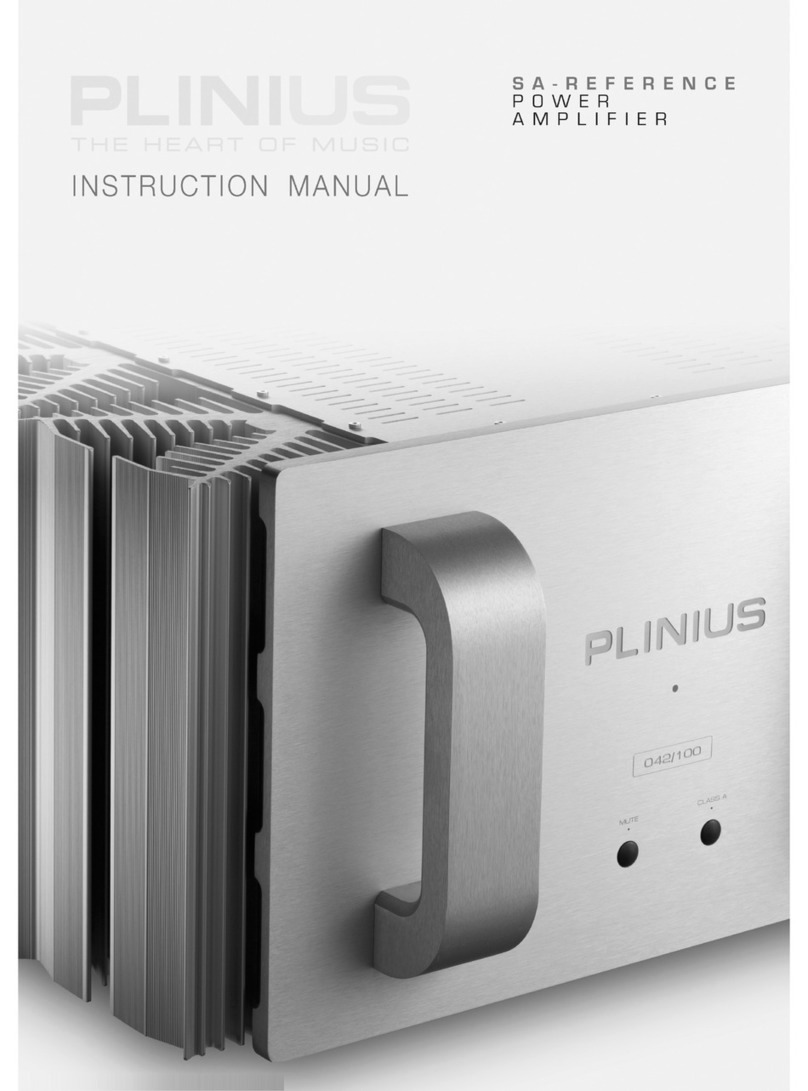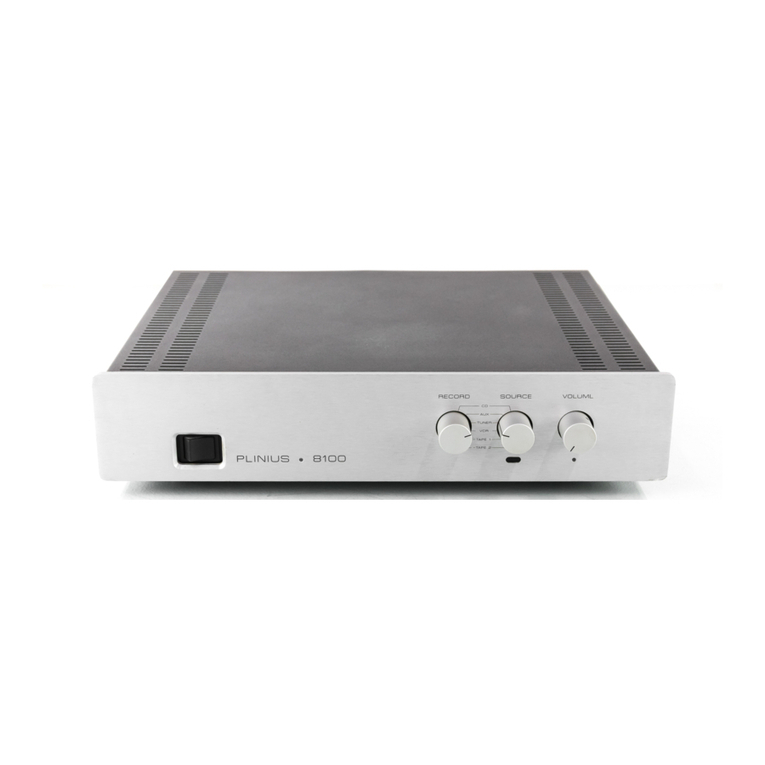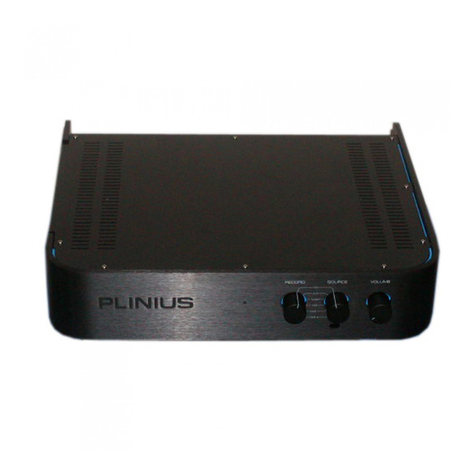Plinius M16 User manual
Other Plinius Amplifier manuals
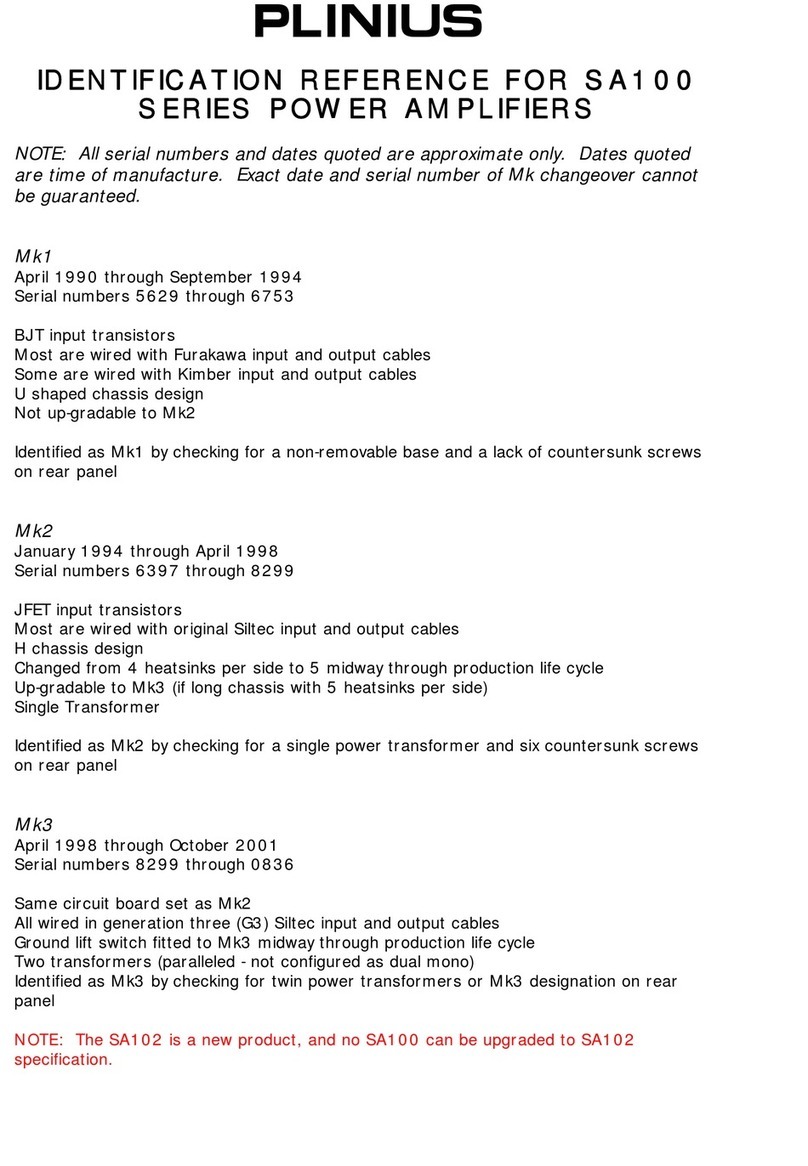
Plinius
Plinius SA-100 Series Service manual
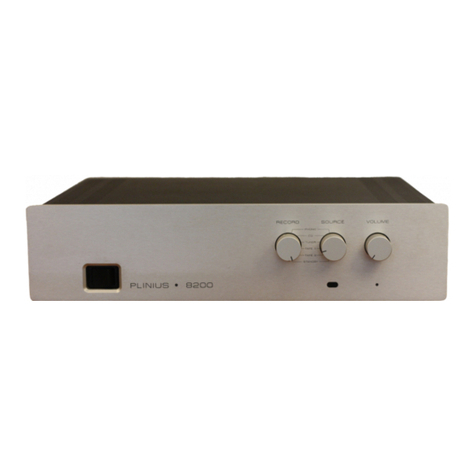
Plinius
Plinius 8200 MkII User manual

Plinius
Plinius SA-100 Series User manual
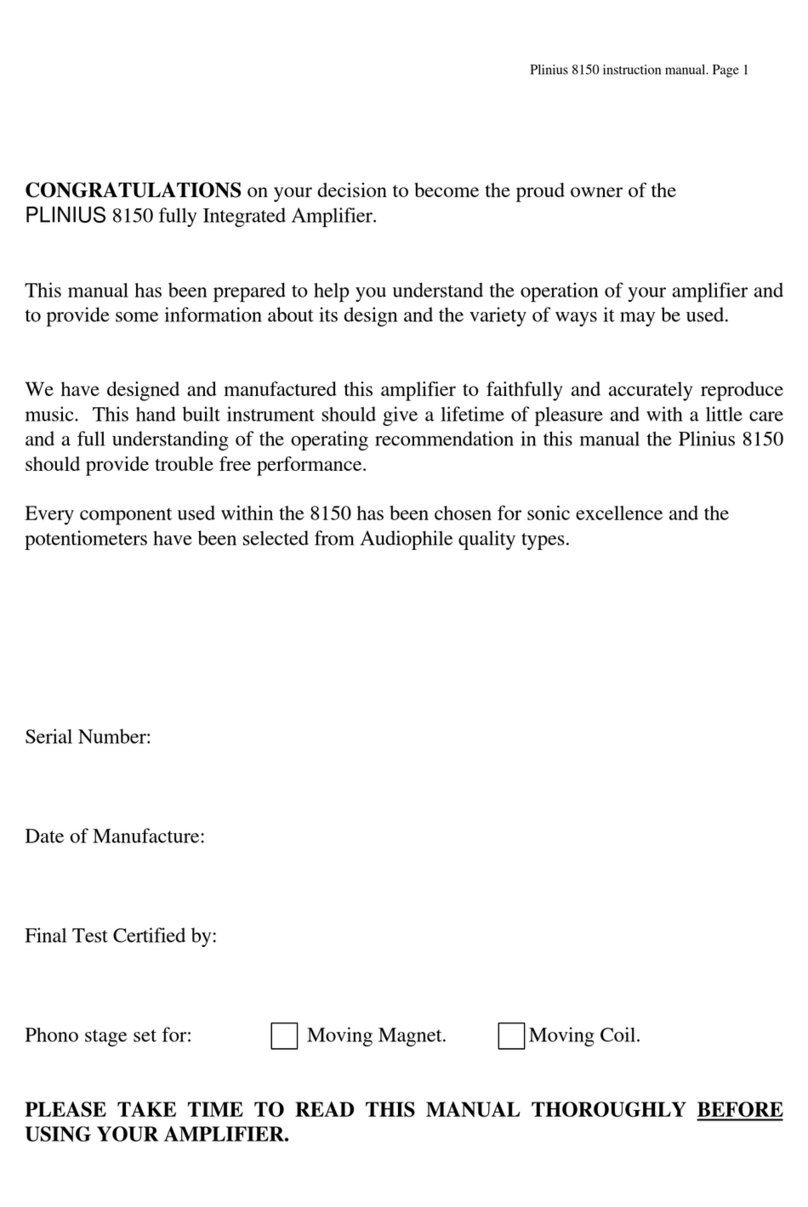
Plinius
Plinius 8150 User manual

Plinius
Plinius M8 User manual

Plinius
Plinius Reference A-150 User manual
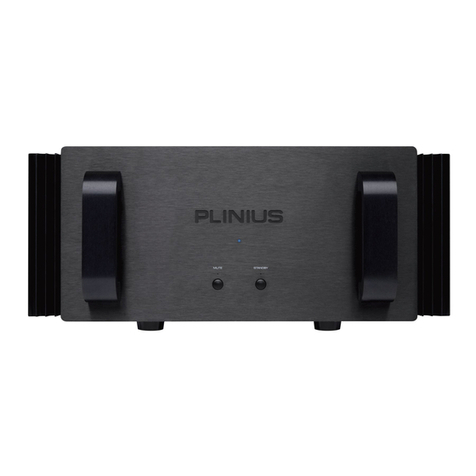
Plinius
Plinius SB-301 User manual
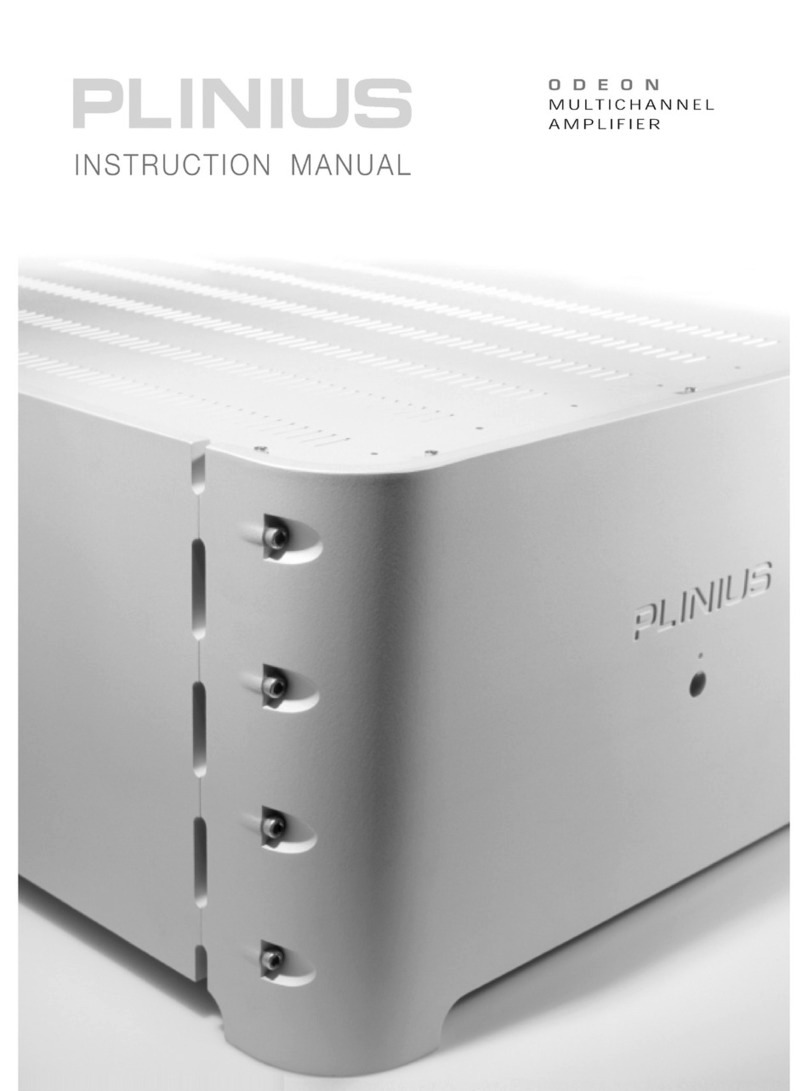
Plinius
Plinius Odeon User manual
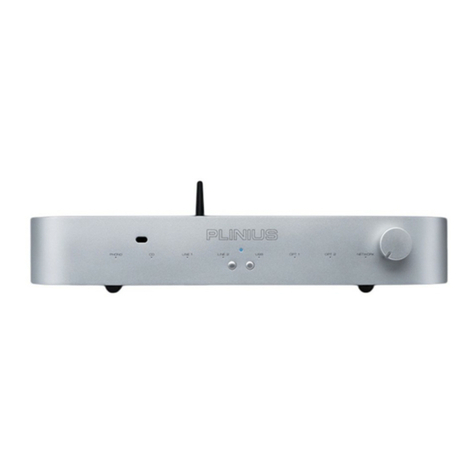
Plinius
Plinius INSPIRE 880 Assembly instructions
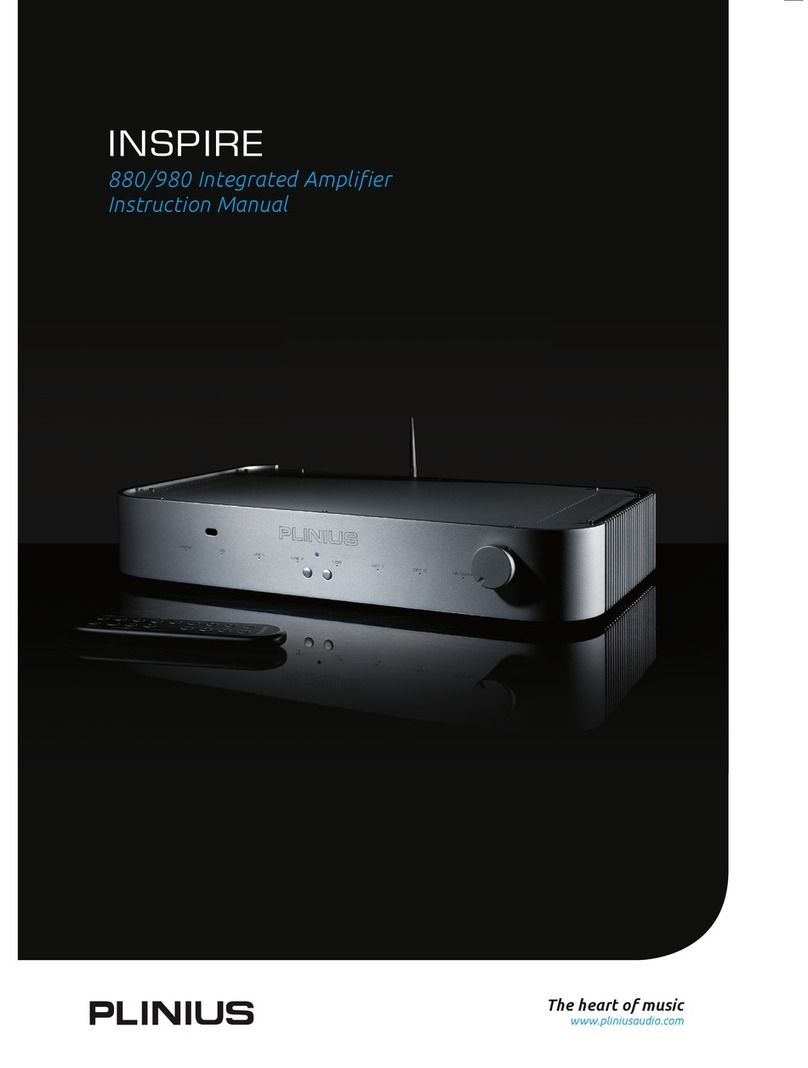
Plinius
Plinius INSPIRE 880 User manual
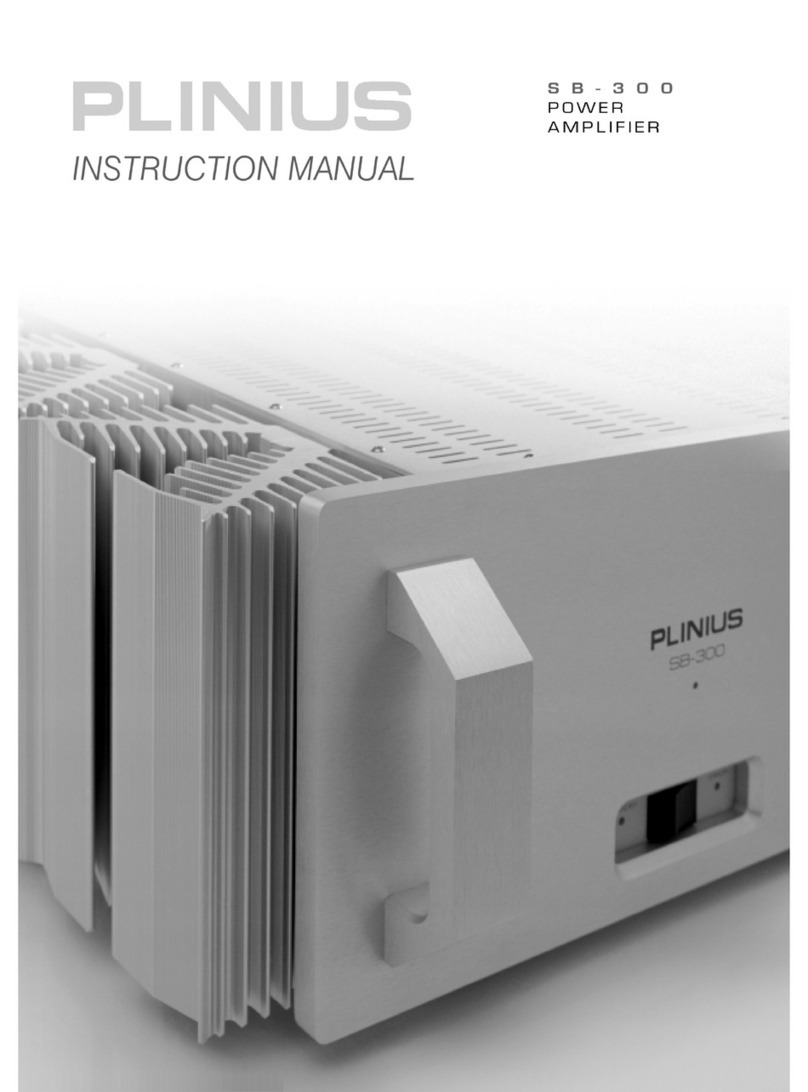
Plinius
Plinius SB-300 User manual
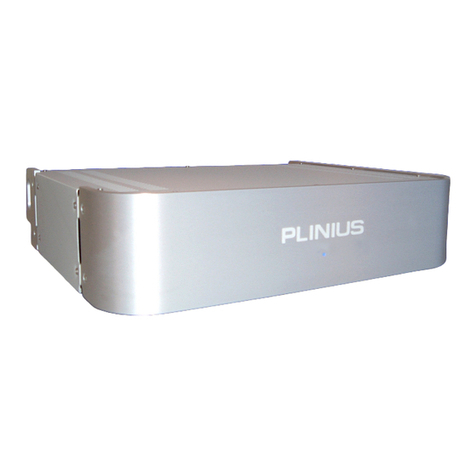
Plinius
Plinius P8 User manual

Plinius
Plinius SB-300 User manual

Plinius
Plinius INSPIRE 880 Assembly instructions
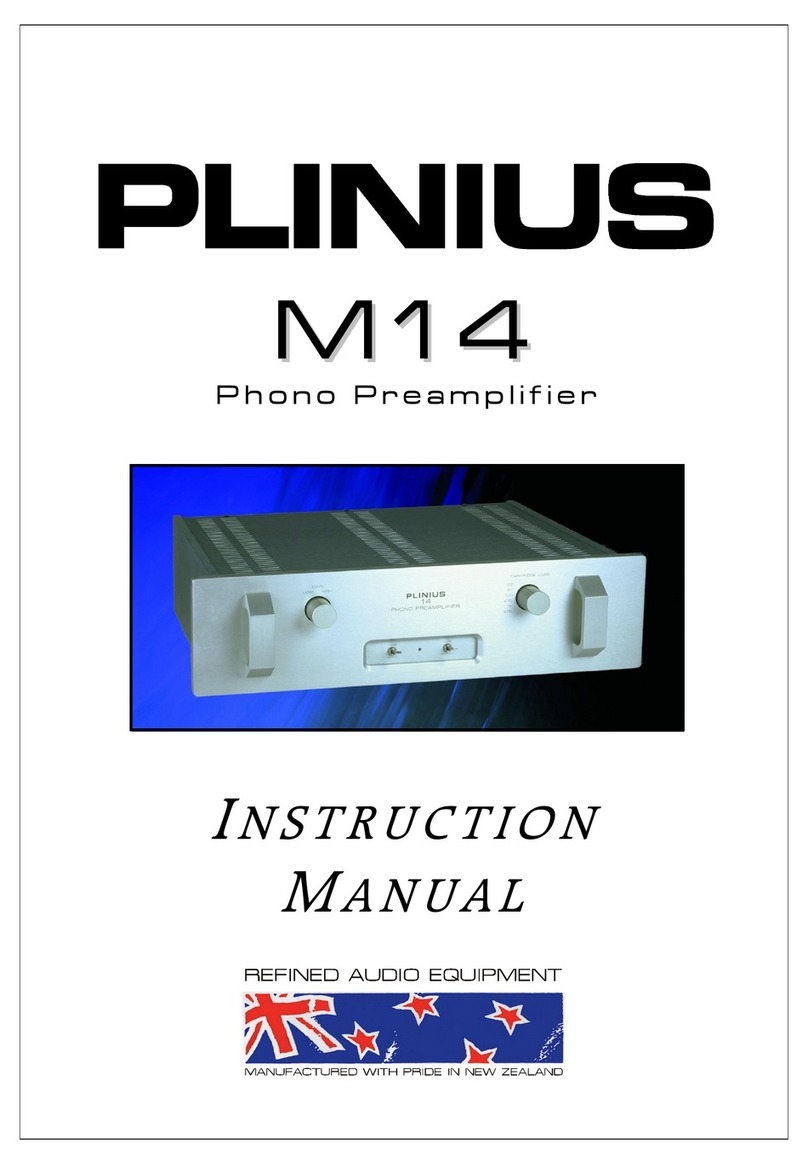
Plinius
Plinius M14 User manual

Plinius
Plinius M8 User manual
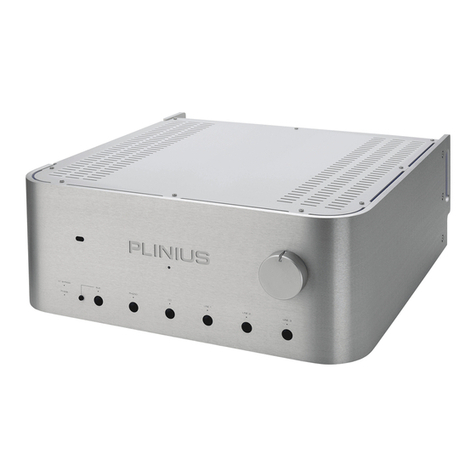
Plinius
Plinius Integrated Amplifier Hiato User manual
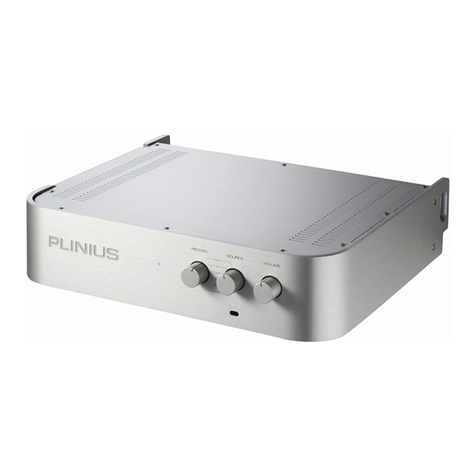
Plinius
Plinius 9200 User manual

Plinius
Plinius KIOKIO User manual
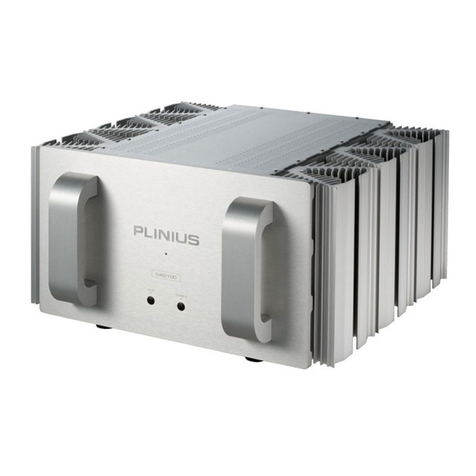
Plinius
Plinius SA-REFERENCE User manual

